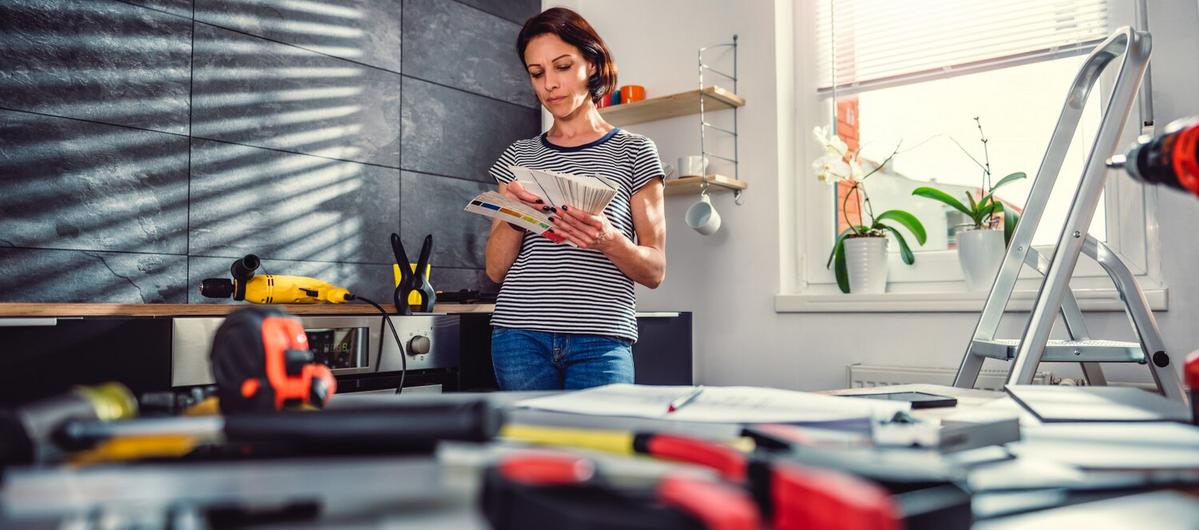As we explore the world of interior design, two contrasting styles often emerge as popular choices: maximalism and minimalism. Each offers a unique approach to creating a living space that reflects your personality and lifestyle.
Understanding Maximalism and Minimalism
Maximalism and minimalism represent two ends of the design spectrum. Maximalism embraces an ‘everything goes’ philosophy, characterized by bold colors, diverse textures, and a plethora of accessories. In contrast, minimalism focuses on simplicity, functionality, and the mantra of ‘less is more.’
Expert Opinions
Interior designer Nathan Turner suggests that ‘maximalism is about expressing your personality through layers of color and texture,’ while renowned minimalist architect John Pawson believes ‘minimalism is the pursuit of clarity and simplicity.’ These perspectives highlight the distinct philosophies behind each style.
Research Findings
A study from the Journal of Environmental Psychology found that cluttered environments can increase stress levels, which may explain the appeal of minimalism for those seeking tranquility. On the other hand, maximalism can stimulate creativity and provide comfort through nostalgic collections and personal artifacts.
Personal Anecdotes
Imagine walking into a living room filled with vibrant art, eclectic furniture, and a collection of travel souvenirs. This is the home of Max, a maximalist who thrives on visual stimulation. Contrast this with Mia’s serene, minimalist space, where each piece is carefully curated to serve a purpose, offering her a sanctuary from the outside world.
Actionable Tips
- Start by assessing your lifestyle and personal preferences. Do you prefer a calm environment or one filled with energy?
- Experiment with elements of both styles. You might find a happy medium that suits your taste.
- Consider your space. Smaller areas can benefit from minimalist principles to avoid feeling overcrowded.
- Use color and texture wisely. Maximalists can play with bold patterns, while minimalists can opt for a neutral palette.
Comparison Table
| Aspect | Maximalism | Minimalism |
|---|---|---|
| Color Palette | Bold, vibrant | Neutral, muted |
| Textures | Rich, layered | Sleek, simple |
| Furniture | Eclectic mix | Functional, few pieces |
| Accessories | Plentiful, diverse | Minimal, purposeful |
| Space | Filled, expressive | Open, airy |
| Focus | Personal expression | Calm and serenity |
| Maintenance | Regular upkeep | Easy to maintain |
| Feeling | Energetic, lively | Peaceful, orderly |
FAQs
How can I incorporate elements of both styles?
Blend maximalist art pieces with minimalist furniture to balance boldness with simplicity.
Which style is more cost-effective?
Minimalism can be more budget-friendly as it requires fewer items. However, maximalism allows for unique thrift finds.
How do I know which style suits me?
Consider your emotional response to different spaces. Visit showrooms or browse online galleries to see which style resonates more.
Conclusion
Maximalism and minimalism offer distinct paths to personal expression within your home. By understanding their principles, you can create a space that not only looks great but also feels right. Whether you lean towards the bold and dynamic or the serene and simple, let your home be a true reflection of who you are.




Leave a Reply